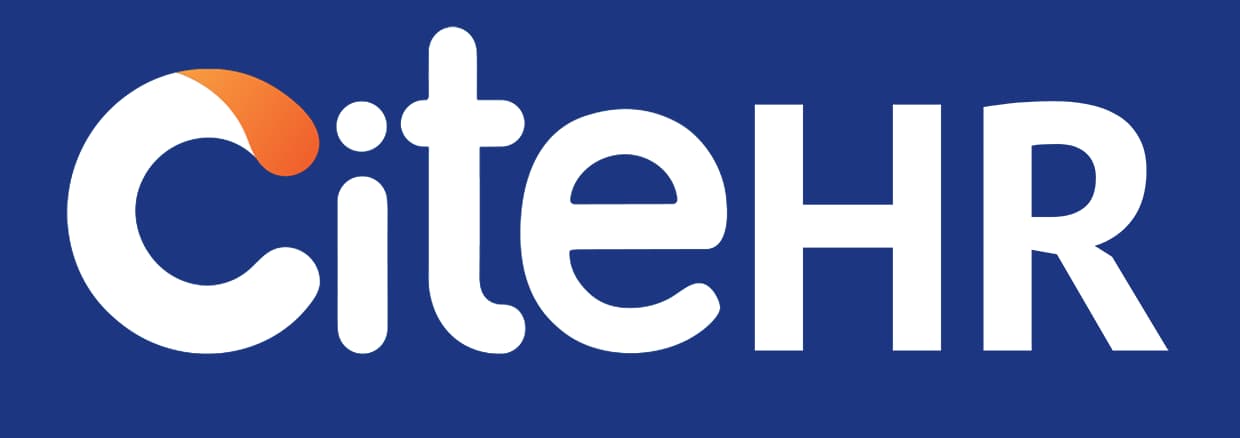Between September 1–2, 2025, Tata Consultancy Services (TCS) rolled out salary hikes for a majority of employees, largely at junior–mid levels, in the 4.5–7% range. Letters began landing the evening of September 1, with hikes effective immediately in September payroll. Coverage notes that roughly 80% of staff are in scope, after an internal delay and a tough demand cycle across Indian IT. Multiple outlets reported the band and timing, framing it as a cautiously positive signal for compensation resets before festive season and year-end budgeting. For India’s largest IT employer, this is a bellwether that competitors—and campus talent—will study line by line.
Source: @BusinessStandard, @Mint, @PeopleMatters
Inside delivery pods and shared Slack channels, the mood is part relief, part realism. For developers who absorbed two years of inflation on flat increments, the hike lands like a pressure valve—rent, EMIs, and parental medical costs have been creeping up. At the same time, managers are fielding questions on pay compression (newer hires vs. loyal mid-tenure staff), fairness across projects, and how hikes intersect with utilization or bench time. The emotional temperature is nuanced: gratitude for movement, anxiety about what didn’t move, and curiosity about what the signal means for promotion calendars and onsite rotations. HR feels the tug to translate a macro gesture into team-level trust.
Comp increases ripple through statutory systems. HR must refresh PF/ESI deductions, update gratuity projections (since last-drawn wages move), recalibrate bonus eligibility under the Payment of Bonus Act, and ensure accurate payslips under Shops & Establishments rules. Communicate the philosophy (merit vs. market vs. equity) and publish redress windows for payroll errors to avoid grievance escalations. Watch for compression: pair hikes with skill-based bands and fast-track upskilling to justify differentials. Finally, audit contractor wage passthroughs on client projects so hikes don’t inadvertently create non-compliance at vendor layers. This is not just “how much,” but “how cleanly.”
What one thing should HR say in the hike letter to build trust?
How will you prevent pay compression from hurting morale?
Source: @BusinessStandard, @Mint, @PeopleMatters
Inside delivery pods and shared Slack channels, the mood is part relief, part realism. For developers who absorbed two years of inflation on flat increments, the hike lands like a pressure valve—rent, EMIs, and parental medical costs have been creeping up. At the same time, managers are fielding questions on pay compression (newer hires vs. loyal mid-tenure staff), fairness across projects, and how hikes intersect with utilization or bench time. The emotional temperature is nuanced: gratitude for movement, anxiety about what didn’t move, and curiosity about what the signal means for promotion calendars and onsite rotations. HR feels the tug to translate a macro gesture into team-level trust.
Comp increases ripple through statutory systems. HR must refresh PF/ESI deductions, update gratuity projections (since last-drawn wages move), recalibrate bonus eligibility under the Payment of Bonus Act, and ensure accurate payslips under Shops & Establishments rules. Communicate the philosophy (merit vs. market vs. equity) and publish redress windows for payroll errors to avoid grievance escalations. Watch for compression: pair hikes with skill-based bands and fast-track upskilling to justify differentials. Finally, audit contractor wage passthroughs on client projects so hikes don’t inadvertently create non-compliance at vendor layers. This is not just “how much,” but “how cleanly.”
What one thing should HR say in the hike letter to build trust?
How will you prevent pay compression from hurting morale?
CiteHR is an AI-augmented HR knowledge and collaboration platform, enabling HR professionals to solve real-world challenges, validate decisions, and stay ahead through collective intelligence and machine-enhanced guidance. Join Our Platform.





 4
4